#Zitkala-Ša
Explore tagged Tumblr posts
Text




Zitkála-Šá, The Red Bird (1876 - 1938), was a Yankton Sioux Composer, Writer, Educator and Indigenous Rights Activist.
https://palianshow.wordpress.com/2021/11/26/zitkala-sa-red-bird/
Zitkála-Šá was born on Feb 22, 1876, on the Yankton Indian Reservation in South Dakota.
Mother: Ellen Simmons, whose Dakota name was Thaté Iyóhiwiŋ (Every Wind or Reaches for the Wind).
In 1884, when Zitkala-Ša was eight, missionaries came to the reservation. Zitkála-Šá attended the school for three years until 1887. She later wrote about this period in her work, The School Days of an Indian Girl.
She described the deep misery of having her heritage stripped away when she was forced to pray as a Quaker and to cut her traditionally long hair. By contrast, she took joy in learning to read and write, and to play the violin.
In 1891, wanting more education, Zitkála-Šá decided at age fifteen to return to school.
In June 1895, when Zitkála-Šá was awarded her diploma, she gave a speech on the inequality of women’s rights, which was praised highly by the local newspaper.
(3) In Utah, Zitkála-Šá met William F. Hanson, a composer and music professor at Brigham Young University. Together they composed The Sun Dance Opera. Zitkála-Šá wrote the songs and libretto based on Sioux ritual.
She was co-founder of the National Council of American Indians in 1926.
From Washington, Zitkála-Šá began lecturing nationwide on behalf of SAI to promote greater awareness of the cultural and tribal identity of Native Americans. In 1924 the Indian Citizenship Act was passed, granting US citizenship rights to most indigenous peoples who did not already have it.
Zitkála-Šá died on January 26, 1938, in Washington, D.C., at the age of sixty-one.
She is buried as Gertrude Simmons Bonnin.
#zitkalasa #ZitkálaŠá #YanktonSioux #Lakota #nativeamericanheritage #nativefeminist #GertrudeSimmonsBonnin #nativeheritageday #nativeherstory #redbird #zitkalasa #ZitkálaŠá #SimmonsBonnin #YanktonDakota #femalewriter #femaleauthor #femalecomposer #politicalactivist #culturalidentity #Dakotaculture #NativeAmericanstories #NativeAmericanActivist
6 notes
·
View notes
Text
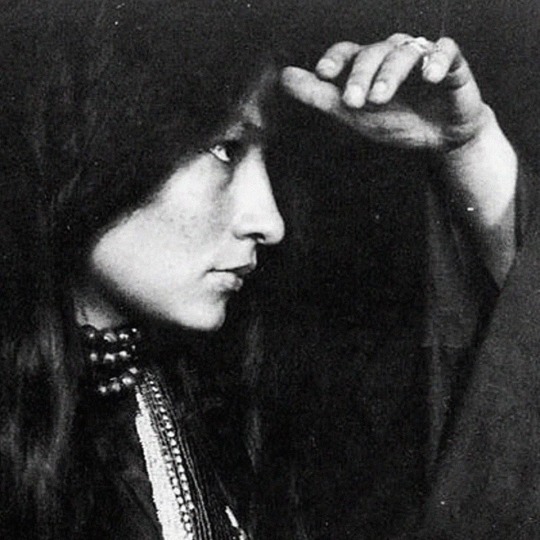
What are soul needs?
They lie in two realms: nature and creativity.
In these realms lives Na'ashje'ii Asdzaa, Spider Woman,
the great creation spirit of the Dineh.
She gifts her people with protection.
Her purview, among others, is teaching the love of beauty.
~ Dr. Clarissa Pinkola Estes
Photo: Zitkala-Ša (1876–1938) (Dakota meaning "Red Bird"), also known by the missionary-given name Gertrude Simmons Bonnin, was a Sioux writer, editor, musician, teacher and political activist.
2 notes
·
View notes
Text
The Lessons of the Past

Native American dehumanization begins in the earliest forms of American literature. For example, Mary Rowaldson’s A Narrative of the Captivity and Restoration of Mrs. Mary Rowaldson contains a slew of anti-indigenous dog whistles that ascribe animalistic traits to her captors, even including a scene where she describes the celebration the men host after defeating another company in a bid for the decolonization of their land. This continuous gasp and gawk at her captors as if they are animals is reminiscent of the current situation in Israel, where colonial governments across the world lick their small wounds in a deadly bid for complete and utter eradication of the Palestinian population. The citizens of Western powers buy into the fake outrage, blinded by the fact that their own governments wrought this devastation in their lives. Would Hamas have attacked Israeli civilians if the Israeli government had not been practicing ethnic cleansing for decades, if Israeli forces left the sinless women, children, elderly, and disabled people in the Gaza Strip alone? The truth is Hamas would not exist if imperialism was not as violent as many Western governments would like their citizens to believe, and this cognitive dissonance between the plight of the colonizer and the plight of the colonized only aids in justifying the eradication of indigenous communities. The Israeli government continues to frame the conflict in Palestine as a war where both sides are equal in strength, but only one side has dropped 6,000 bombs on the Gaza Strip over the course of six days, and it is not the group Israeli officials deemed terrorists. Furthermore, the government has lied about the atrocities Hamas has committed to feed the villain narrative they have carefully crafted against all Palestinians. Rowaldson mirrors this rhetoric in her own story, framing the compassion her Native American captors afford her as a mercy from God, without realizing European settlers who captured Native women did not offer the same warmth Rowaldson received over the course of her captivity from the Natives around her. Rowaldson was offered food, allowed to see her children, and practically formed a sense of community with the people who abducted her, and her work afforded her a level of independence she could never possess in Puritan society. However, she strips all of this kindness, every bit of humanity she witnessed in her captors from them in her non-human descriptions of their traditions or actions they had to take to survive under colonial occupation. The false narrative of the “savage Indian” balks violently against the truth and wins. However, the current events in Palestine and American history show the function of this stereotype is more than surface level.

Representations of Native Men in early American media portrayed them as violent and primitive to justify the subjugation of Native Americans. This rhetoric necessitated the protection of white America from the ���red man threat,” which extended into Native Women stereotypes where they became hyper-sexualized as docile creatures under the constant tyranny of their male counterparts. French Jesuits in 1610 observed Native communities and insisted that the men within them possessed such a powerfully brutish nature that the striking and beating of women was normal in their day-to-day lives. Thus, Native women took on the image of a servile, dirty, and sexually commodified being, an identity that enraptured the S-slur, which became a stand-in for the term Native woman in early American society. In this role, she is raped, abused, and murdered.

Zitkala-Ša's A Warrior’s Daughter rejects this violent word. It tells the story of a young woman who must rescue her man after another tribe captures him during his time on the battlefield. The young woman utilizes her wit to sneak across enemy lines to rescue the love of her life. Through this story, Zitkala-Ša shows the long history of women warriors in indigenous communities, and the power and respect Native women possess in their own individual cultures, rejecting the submissive label that has justified their subjugation for centuries. In no way was colonization beneficial. In fact, it resulted in worse outcomes for Native women. Stories like A Warrior’s Daughter complicate and, in most cases, change the colonial image that allows for genocide to occur. Equipped with a new perspective, Rowaldson’s depictions of the kindness from the Natives transform from God's graces and become drops of truth in a sea of propaganda. As much as A Warrior’s Daughter rebels against white supremacy, it also details a long and thorny history of colonialist violence, which shows the importance of listening to indigenous voices and understanding the language that leads to genocide. This knowledge is valuable, especially in today’s climate, where the world witnesses a reiteration of the horrific events of the past.
-Ysabella Porche
2 notes
·
View notes
Text
Wednesday ... it's Wednesday again.
The weeks just seem to be flying by! This week was of course punctuated by a major event. The US election took place on Tuesday, concluding what seems like an eternity of campaigning, and we feel that way all the way over here in Finland and we weren't even subjected to the barrage of US campaign ads and mailings and calls and yard signs that our friends and family in the US had to face on a daily basis. Experiencing this election from afar, from Europe, has been very odd. People here in Finland are interested in the outcome of the US election and they seem to be unilaterally opposed to Donald Trump. Alas, this man, who my husband and my children and I all find detestable, has once again claimed the presidency. I won't go into any more details about it in this post, because it's just too alarming and if I start detailing all of my reasons for concern, this blog post will just take a dramatic shift into a deep political and cultural analysis.
After some snow last weekend, the weather warmed again and most of the snow melted off. But on Monday and Tuesday there was still a lot of ice around and very slippery pavement. I've been convinced that I'm going to end up falling on my bottom at least a few times during our year here. I lived in Michigan for 12 years and I honestly don't remember ever wiping out on the ice there. I find that almost impossible, in retrospect, and I imagine that it probably did happen. Over the course of two days earlier this week, I seriously almost splatted on the sidewalk or in the parking lot on a number of occasions. I'm going to have to get those spiked to contraptions that go on my shoes.
Today, on Wednesday, it was in the mid-40s and was rather pleasant. I taught today and tomorrow I'm actually teaching again as I deliver a guest lecture on usability in a colleague's class. Also, this week, a podcast I did about the Yankton Dakota activist writer Gertrude Simmons Bonnin, otherwise known as Zitkala-Ša, was released on the Breaking Down Patriarchy podcast. I recorded this episode this last summer. My cousin, a professor at the University of Utah, had a graduate student who was the host of this podcast. Somehow my cousin referred the host, Amy Alebest, to me, and she had an interest in learning more about Zitkala-Ša, who I have written a lot about over the last 20 years. Anyway, I listened to the episode and I think it actually turned out quite well, and I guess that's saying something since I'm usually very critical of my own work and especially anything of me that's recorded!
Last week I wrote an email to the gymnastics school that Cece is a part of, asking whether I might be able to move her to a class that has a little bit more structure, more coaching/spotting, and is perhaps less of a recreational free-for-all, though I didn't put it in those terms. I heard back this week that she can do a trial class in a pre-competitive group at the beginning of December. If it works out, she'll move to that group. So she's excited to get ready for that. On Sunday, we went once again to the trampoline park in Kauppi and they also have some gymnastics equipment. So she and I worked a little bit on the USA Gymnastics Level 3 beam routine and we did some front handsprings, or rather I should say she did some front handsprings, and front flips on the trampolines. Rowan came too and did some rock climbing on the bouldering wall and on the big wall, with the auto-belay.
I don't have really anything else to report this week; the election results really took the wind out of my sails. But, perhaps some interesting and fun things will happen soon and I will tell you all about them in my weekend post. We know the weather is going to get colder again soon and once it's late November, things are going to get kind of hectic for us. I have a friend visiting from the US right before Thanksgiving, and then we have Fulbright Thanksgiving events in Helsinki, and then the next day we're flying up to Kuusamo to go skiing at the Ruka ski resort for the weekend, and then we come back, and the very next weekend, Cece has an ice-skating competition in Jyväskylä. So, late November will have lots going on, so a relatively uninteresting week--relative to our activities, sights we've seen, or Finnish things we've learned-- like this one is just fine.
0 notes
Text
The Queen of Salsa and Cuban icon Celial Cruz has become the first Afro-Latina to appear on U.S. currency as part of the American Women Quarters Program.
The U.S. Mint selected five women for the program's 2024 coinage aimed at honoring the achievements and services of American women.
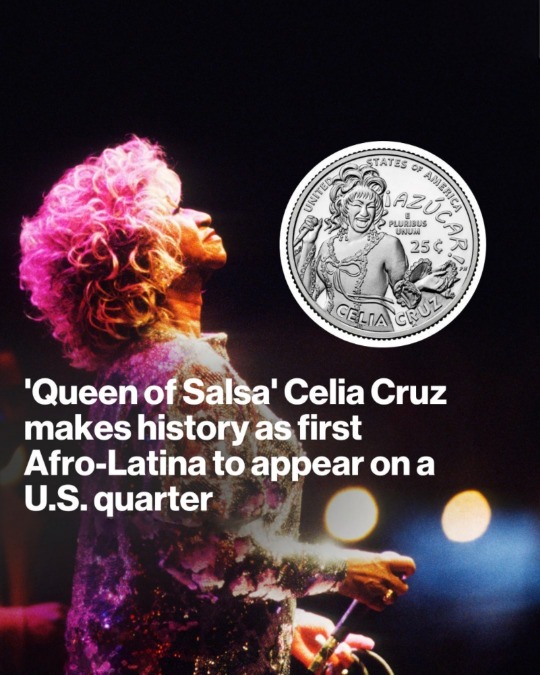
The other women chosen were Patsy Takemoto Mink, who was the first woman of color to serve in Congress; Dr. Mary Edwards Walker, who was a Civil War-era surgeon, women's rights advocate and abolitionist; Pauli Murray, a poet, writer, activist, lawyer and Episcopal priest, as well as a strong advocate for civil rights, and Zitkala-Ša, also known as Gertrude Simmons Bonnin, a writer, songwriter, educator and political activist for the rights of Native Americans.
0 notes
Text
0 notes
Text
American Indian Stories by Zitkala-Ša, Standard Ebooks
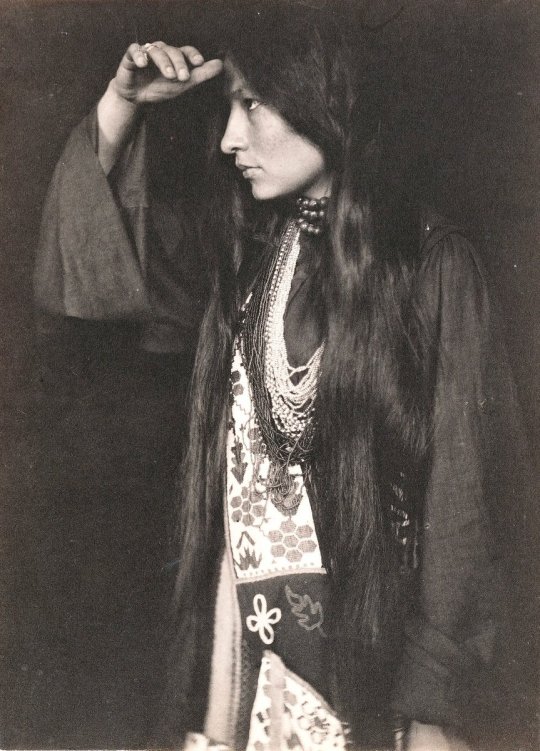
Gertrude Kasebier, Zitkala Sa, aka Red Bird, 1892. Red Bird was a writer, editor, musician, teacher, and political activist of Native American Yankton Sioux heritage.
31 notes
·
View notes
Text
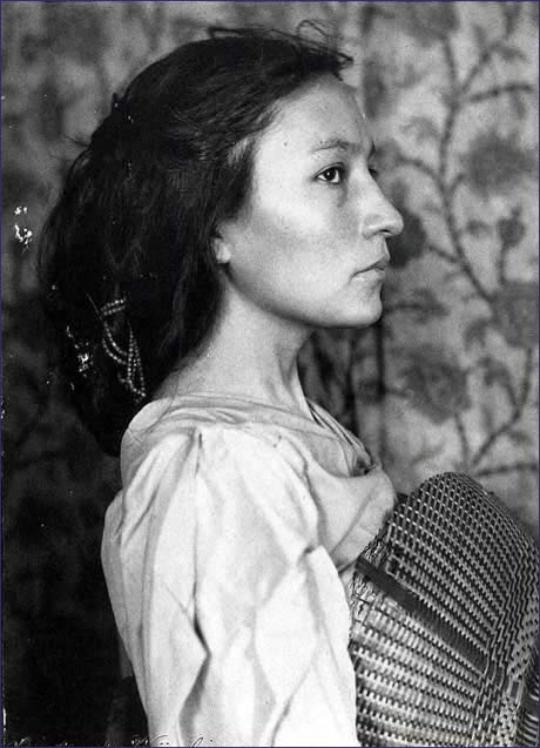
#Zitkala-Ša#Native American writer#activist#educator#and accomplished violinist (1898). Taken by white missionaries as a child#she went on to publish archives of Native American customs and legends#and later dedicated her life to uniting the tribes in their fight for gaining full citizenship#Le_Rat_Mort#oldschool
28 notes
·
View notes
Quote
For untold ages the Indian race had not used family names. A new-born child was given a brand-new name. Blue-Star Woman was proud to write her name for which she would not be required to substitute another's upon her marriage, as is the custom of civilized peoples.
Zitkala-Ša, American Indian Stories
#American Indian Stories#Zitkala-Ša#lit#literary quotes#literature#native american#american indian#reading#currently reading#reader#to read#reading list#read#to be read#tbr#books to read#book#books#bookstagram#bookworm#quotes#quote#book quotes#book quote#quoting#quotation#book quotations
35 notes
·
View notes
Link
Then, the United States government, under the auspices of the Bureau of Indian Affairs, began forcing Native American children to attend boarding schools off reservation. These schools challenged many of the tribally-centered beliefs of past Indian schools. They lumped together tribal groups, which made it difficult for Native instructors who had to negotiate complex linguistic and historical tensions. And Indian schools prized assimilation into white culture above Native traditions. As a result, writes Gere, it was more difficult for Native teachers to influence their students, especially given most schools’ English-only policy. In addition, Native teachers were paid less and given less authority than their Anglo counterparts.
#native americans#american indians#residential schools#19th century#20th century#us history#american history#Zitkala-Ša#Sioux#Carlisle Indian Industrial School#Angel DeCora#winnebago#Anne Ruggles Gere
6 notes
·
View notes
Text
“While white feminists like Stanton, Stowe, and Fletcher consolidated around the civilizing project, despite their competing approaches to the cause, intersectional feminists like Harper, Harriet Jacobs, and Zitkala-Ša threw off white women’s aggressive benevolence and stressed their right to self-determination.”
-Kyla Schuller, The Trouble with White Women
#white feminism#kyla schuller#the trouble with white women#elizabeth cady stanton#harriet breecher stowe
2 notes
·
View notes
Text

What are soul needs?
They lie in two realms: nature and creativity.
In these realms lives Na'ashje'ii Asdzaa, Spider Woman,
the great creation spirit of the Dineh.
She gifts her people with protection.
Her purview, among others, is teaching the love of beauty.
~ Dr. Clarissa Pinkola Estes
Photo: Zitkala-Ša (1876–1938) (Dakota meaning "Red Bird"), also known by the missionary-given name Gertrude Simmons Bonnin, was a Sioux writer, editor, musician, teacher and political activist.
#Dr. Clarissa Pinkola Estes#Zitkala-Ša#Dakota#Red Bird#vintage photography#Gertrude Simmons Bonnin#Sioux#writer#musician#teacher#political activist#What are soul needs?#heart and soul
2 notes
·
View notes
Photo
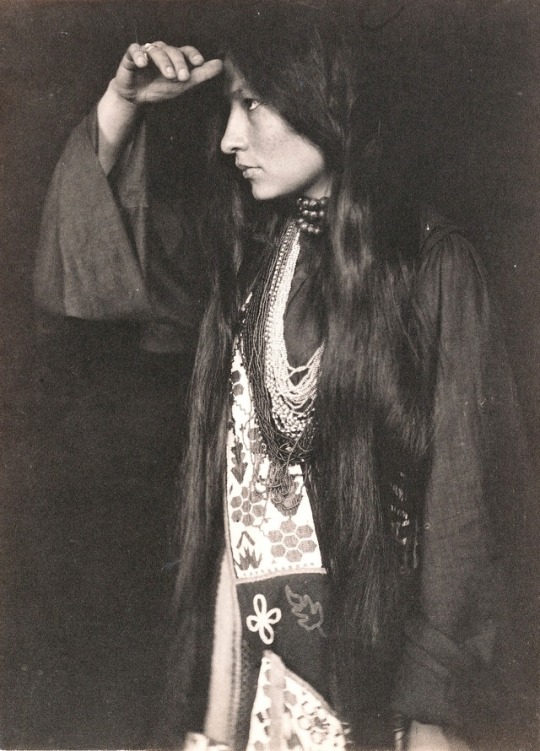
Zitkala-Ša / Red Bird / Gertrude Simmons Bonnin (Yankton Indian Reservation, South Dakota, 1876-Washington DC, 1938). Gertrud Käsebier, 1898
#Zitkala-Ša#indios#sioux#dakota#yankton#reserva yankton#XIX#photography#estados unidos#Gertrud Käsebier
53 notes
·
View notes
Photo
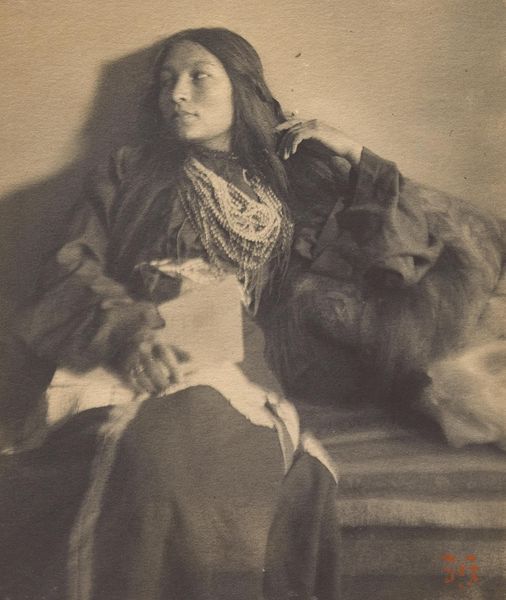
Photo from Smithsonian National Portrait Gallery
* * * * *
They’ve since been erased, but Native American women were highly visible in early 20th century suffrage. White suffragists were fascinated by matriarchal power within tribes, but quickly forgot them by 1920. “The Indian woman rejoices with you,” one woman told Alice Paul, but she was quick to remind too that the fight was far from over. The 19th Amendment didn’t grant voting rights to Native women— at that point, they weren't even considered US citizens. That woman who reminded Alice Paul was Zitkala-Ša (“Red Bird”), who spent her entire life straddling two cultures. Born and raised on a reservation in South Dakota, she was taken by Quaker missionaries to attend boarding school. Later, she wrote on her struggles with identity, the inner conflict she felt between the culture she came from, and the culture she was educated in— the joy of learning to read, write and play music, but also the pain of losing her heritage. While studying at Earlham College and the New England Conservatory of Music, she began recording Native American oral histories and translating them into English. It was her belief that because many Indigenous customs were passed orally through music, opera would be a powerful way to share her cultural values with a new audience. So in 1913, she wrote the libretto and songs for the first Native American opera— composed in the romantic style, and based on a sacred Sioux dance deemed illegal by the US Government. She argued that as the original people of America, indigenous people had a right to be citizens and be represented in government with the right to vote. Her relentless work in promoting a pan-Indian movement across all tribes for the cause of citizenship rights led to the passage of the 1924 Indian Citizenship Act. In 1926, she co-founded the National Council of American Indians, lobbying for Native suffrage rights. Her later books were amongst the first to bring traditional Native American stories to white audiences. On International Women’s Day, it’s important to remember Zitkala-Ša’s call to remember Native women, and the full range of their political and cultural experiences.
Safa Samiezadé-Yazd
#Zitkala-Ša (“Red Bird”)#International Women's Day#suffrage#Native women#women#Alice Paul#suggragists#matriarchal power#Safa Samiezadé-Yazd#native American
114 notes
·
View notes
Text
“There is no great; there is no small; in the mind that causeth all”
ZITKALA-ŠA (Gertrude Bonnin) A Dakota Sioux Indian
#Gertrude Bonnin#ZITKALA-ŠA#native american#history#inspiring quotes#quotes to live by#Dakota Sioux Indian#Sioux#ego#red bird#personal growth#personal#zitkala sa
14 notes
·
View notes
Text
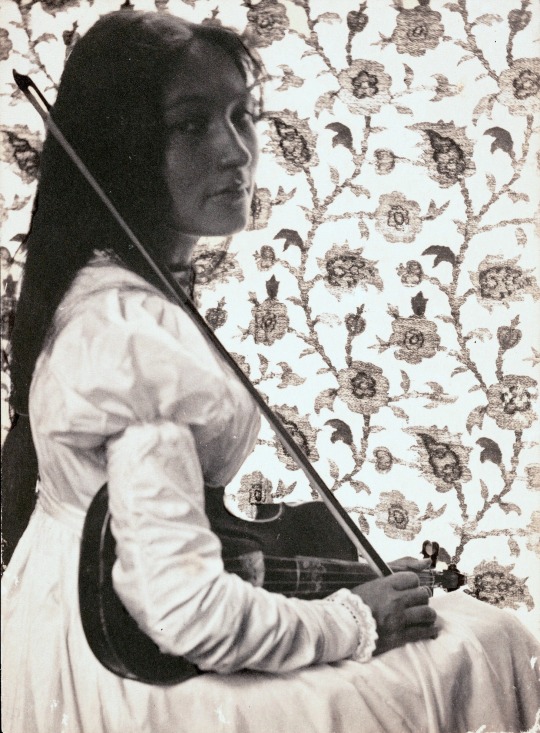
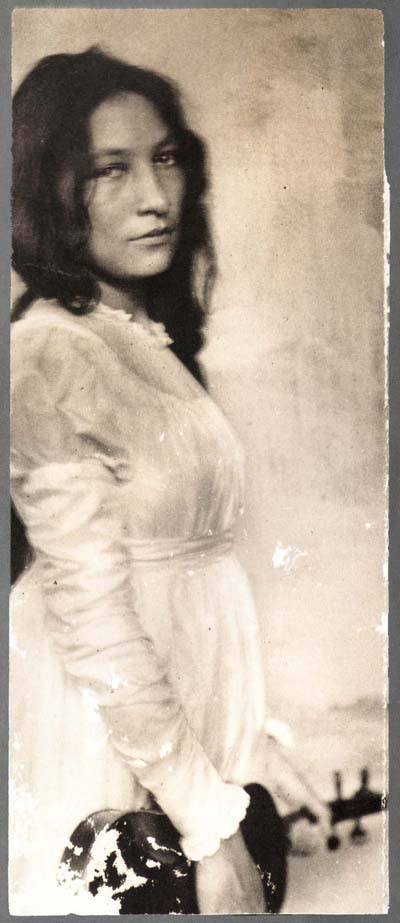
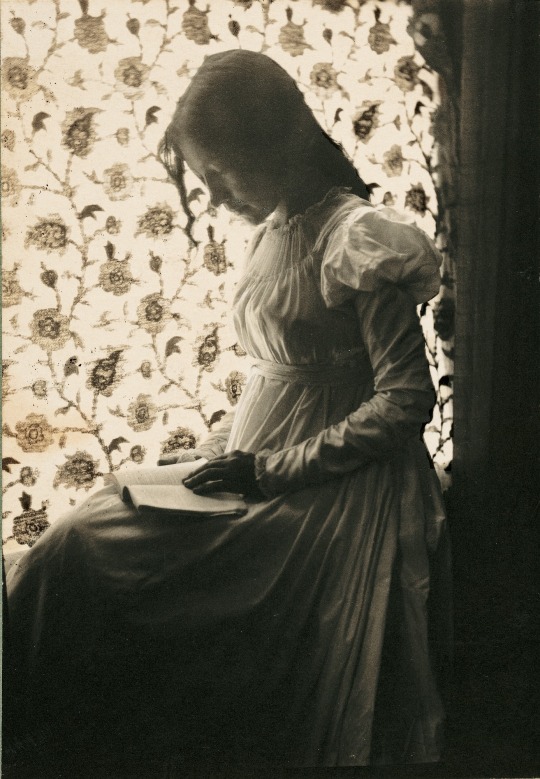
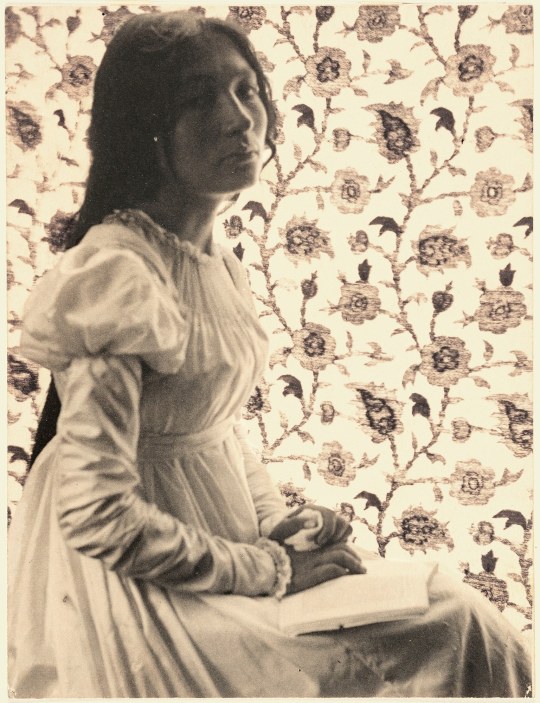
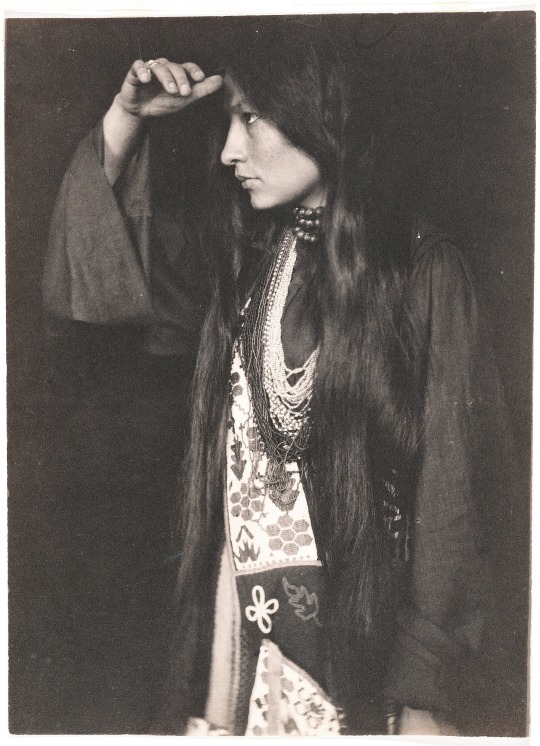
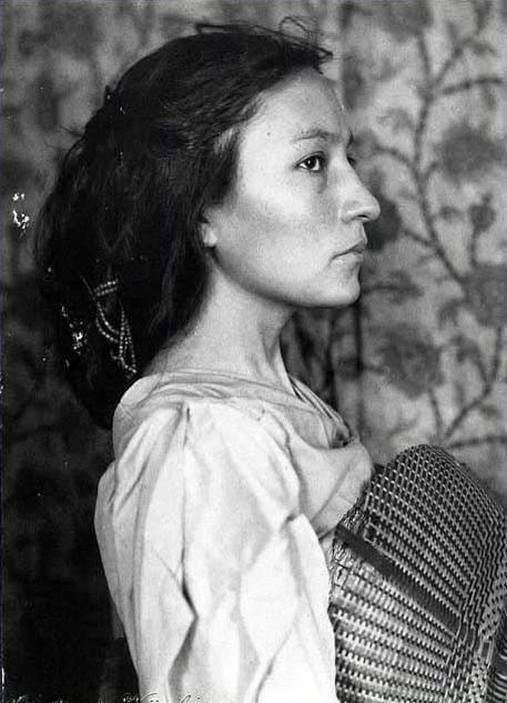
Zitkala-Ša Zitkala-Ša Sioux Indian and activist, 1898 by Gertrude Stanton Käsebier
116 notes
·
View notes